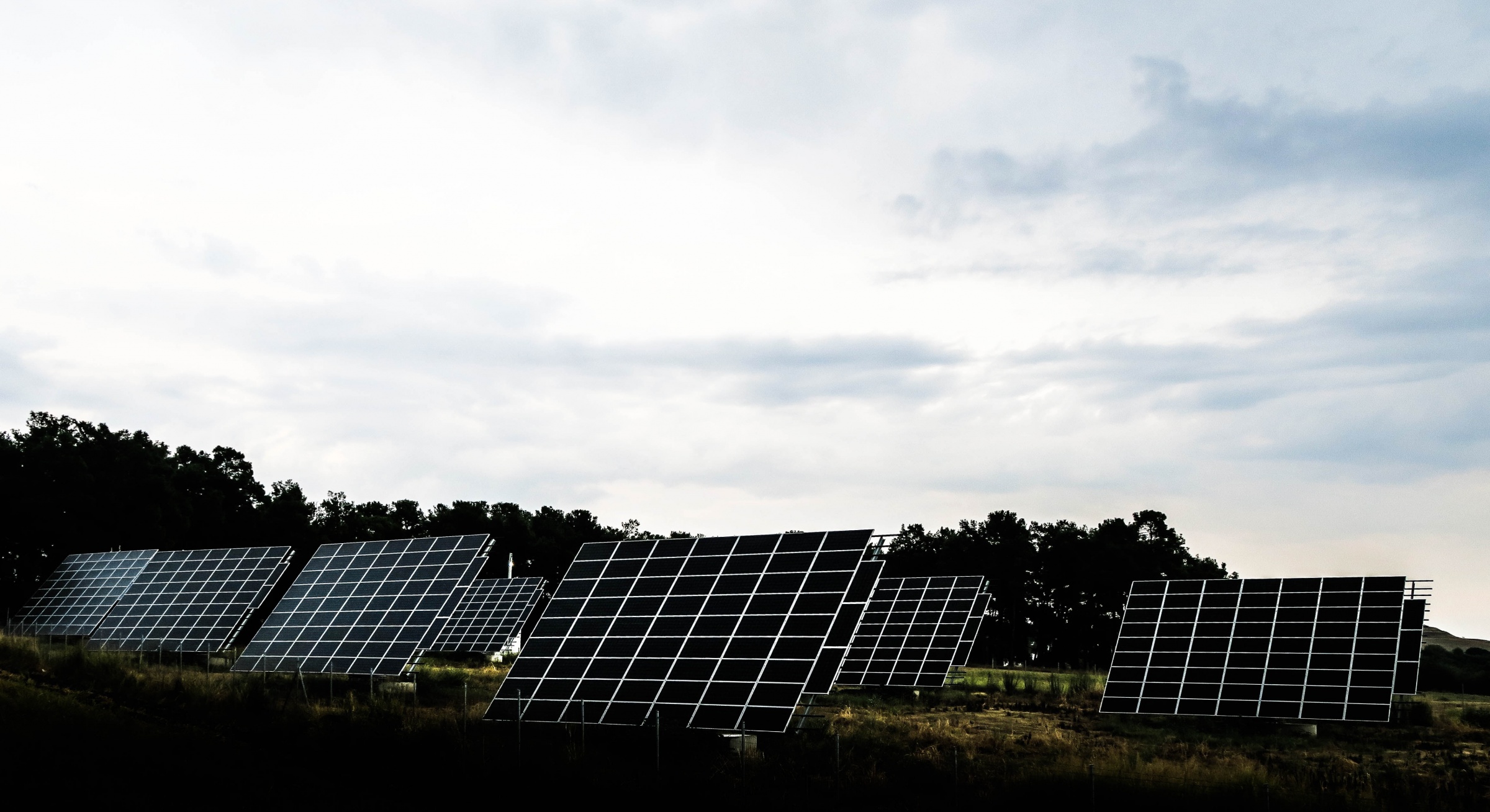We’ve spoken before about leasing your land for solar—the money you can make, how to get started, and what a solar developer does—but now it’s time to look at one key aspect of solar farms in closer detail. You might be interested in leasing your land for a solar farm, or even for a utility-scale battery storage system, but first, it’s vital to make sure that the potential site has access to three-phase power.
Power Distribution
When it comes to the distribution of energy, infrastructure needs vary between residential properties and larger commercial/industrial properties. In general, residential properties are served via single-phase power, whereas commercial/industrial properties require three-phase power to supply sufficient energy.
Three-Phase Power vs Single-Phase Power
As you might have guessed, three-phase power better accommodates high energy loads, making it ideal for things like big electric motors. However, a single-phase power supply is perfectly fine for typical residential needs like heating/lighting. In a typical home, the biggest energy demand likely comes from something like a washer or dryer—not anything large enough to necessitate three-phase power. If we’re talking about a huge commercial property, or something like a factory, the energy requirements are, of course, much greater.
With this in mind, it’s clear that three-phase power is necessary for a solar farm—a large site which will have a high demand for energy and, thus, require the consistent supply of high energy loads. For the landowner interested in leasing their property for a solar farm, it’s vital that three-phase power is accessible in order for a solar developer to move ahead with the project. Unfortunately, given the scale of a standard solar farm, there is simply no way around this. Three-phase power is a definite requirement for a landowner leasing land for solar.
How to Check For Three-Phase Power
Simply put, the easiest way to know if you have three-phase power in your area is to go outside and see for yourself! The accompanying visual below should be beneficial in identifying the components generally associated with three-phase power. Observing the visual characteristics of three-phase power in this image will allow you to correctly identify the power supply in your area.
(Image Source: Gene Haynes
https://waterheatertimer.org/images/3-phase-transformers-IMG_2333-700.jpg)
If you need more information about three-phase power, or you want to lease land for a solar farm, contact YSG Solar today at 212.389.9215 to learn more.
By Shane Croghan
Sources:
https://www.testandmeasurementtips.com/basics-three-phase-electrical-power/
https://www.fluke.com/en-us/learn/blog/power-quality/single-phase-vs-three-phase-power

